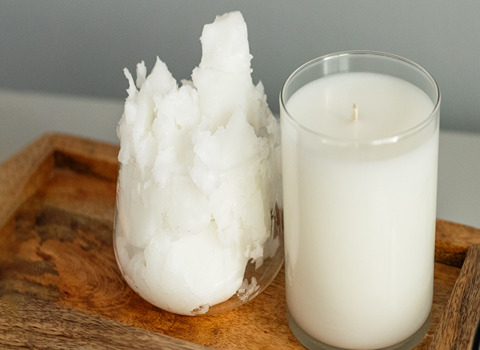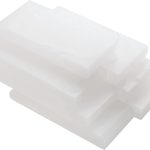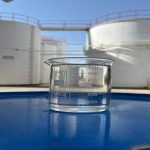The Difference Liquid and Solid Paraffin | Expert Insight for Smart Selection
what will you read...
IntroductionStructural and Physical Differences Between Liquid and Solid ParaffinIndustrial Applications of Liquid ParaffinIndustrial Applications of Solid ParaffinAdvantages and Limitations of Each Type of ParaffinWhich Type of Paraffin is Right for Your Business?Conclusion | Reliable Paraffin Sourcing from Petrovil
What are the differences liquid and solid paraffin?
In this article, we explore the structure, applications, advantages, and limitations of both types of paraffin to help you make the best industrial choice.
Introduction
Paraffin is a widely used material across numerous industries—from candle making and packaging to industrial lubrication, cosmetics, and pharmaceuticals. One of the key decisions for buyers and manufacturers is choosing between
liquid and solid paraffin. Each has its own properties, benefits, and industrial uses, which we will examine in detail.
Structural and Physical Differences Between Liquid and Solid Paraffin
Liquid paraffin consists of shorter hydrocarbon chains and remains colorless and fluid at room temperature. In contrast, solid paraffin is made up of longer chains, has a denser structure, and a higher melting point, typically appearing
as slabs or blocks at normal temperatures.
Liquid paraffin is easier to transport and use in lower temperatures, while solid paraffin is better suited for applications requiring moldability or heat resistance.
Industrial Applications of Liquid Paraffin
Liquid paraffin plays a crucial role in many industries, including:
-
Cosmetics and personal care: Used in creams, lotions, and massage oils due to its skin compatibility and smooth texture.
-
Pharmaceuticals: Acts as a carrier for active ingredients or a base in ointments.
-
Plastics and rubber: Improves processing and lubrication properties.
-
Industrial lubrication: Suitable for light machinery or hydraulic systems.
Industrial Applications of Solid Paraffin
Solid paraffin is preferred where moldability, insulation, or moisture resistance is needed:
-
Candle making: The primary raw material for precisely moldable candles.
-
Food packaging: Provides waterproof coatings for paper or cardboard packaging.
-
Construction industry: Used for insulation and moisture barriers.
-
Artificial leather, matches, cables, and rubber products: Acts as a strengthener or coating agent.
Advantages and Limitations of Each Type of Paraffin
Liquid paraffin offers low viscosity, ease of use, and high compatibility with other compounds. It’s ideal for sensitive sectors such as pharmaceuticals and healthcare.
Solid paraffin, on the other hand, offers better moldability at high temperatures and structural stability, making it suitable for physical production and coating. However, it requires controlled storage conditions in cold environments.
Which Type of Paraffin is Right for Your Business?
If your final product involves lubrication, skin contact, or blended formulations, liquid paraffin is the better choice.
But if your manufacturing process requires molding, durability, and heat resistance, solid paraffin will perform better.
A precise evaluation of your production process, operating temperatures, and desired product characteristics is essential for choosing the right type.
Conclusion | Reliable Paraffin Sourcing from Petrovil
Understanding the exact differences between liquid and solid paraffin helps you make smarter raw material decisions.
Petrovil, with expertise in sourcing high-quality paraffin, is ready to provide you with professional consultation, competitive pricing, and fast delivery across the country.
With us, superior power means competitive victory.

















